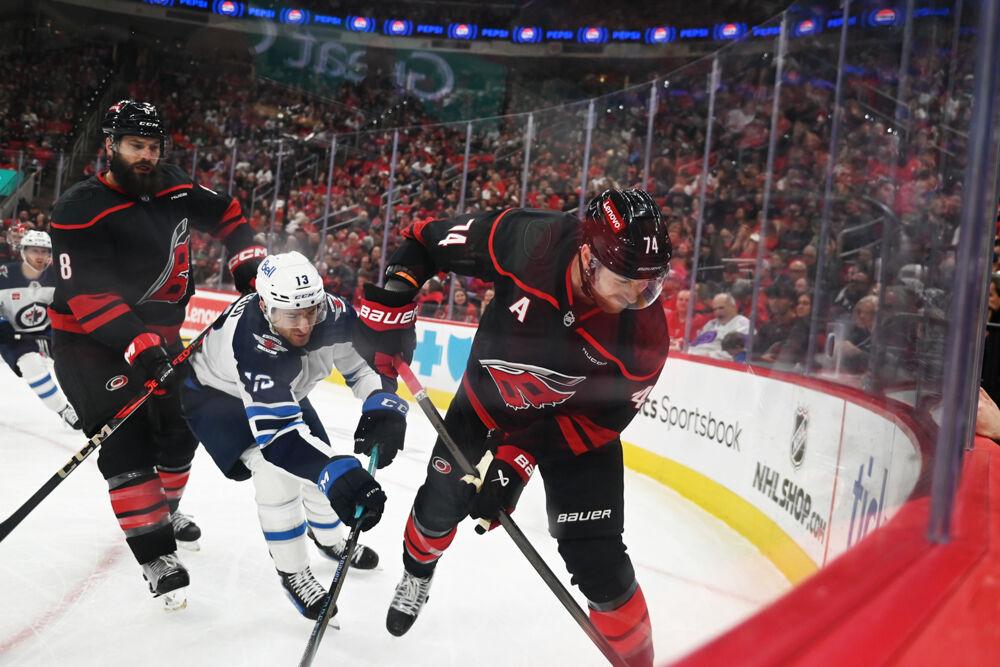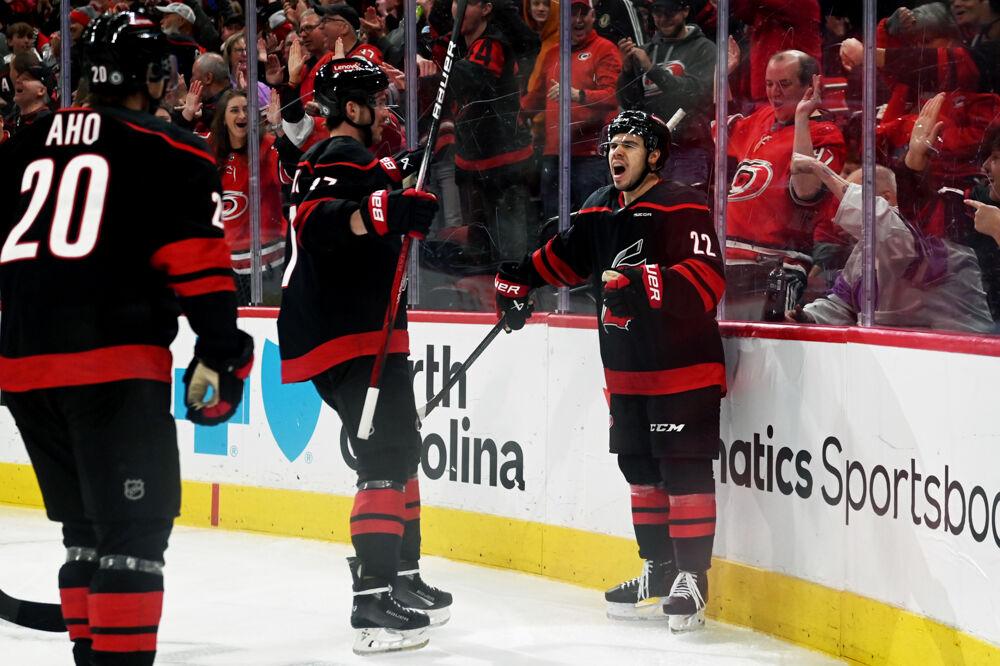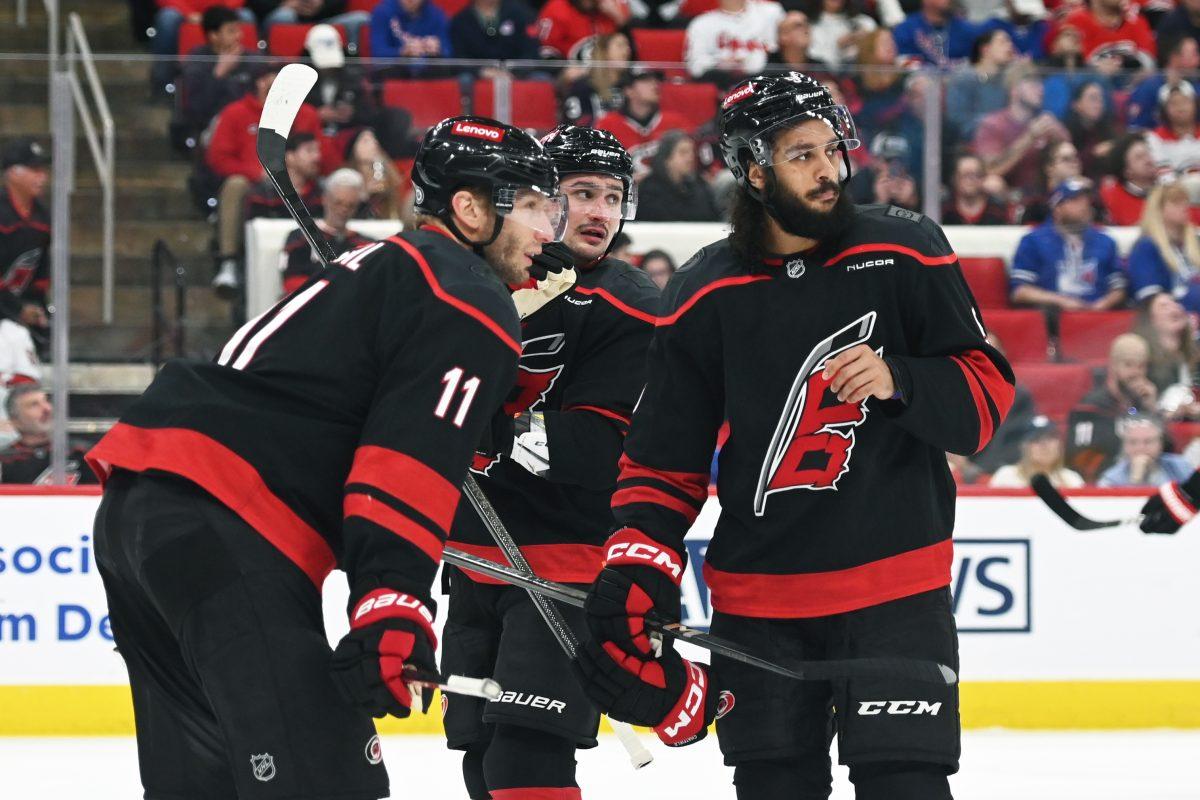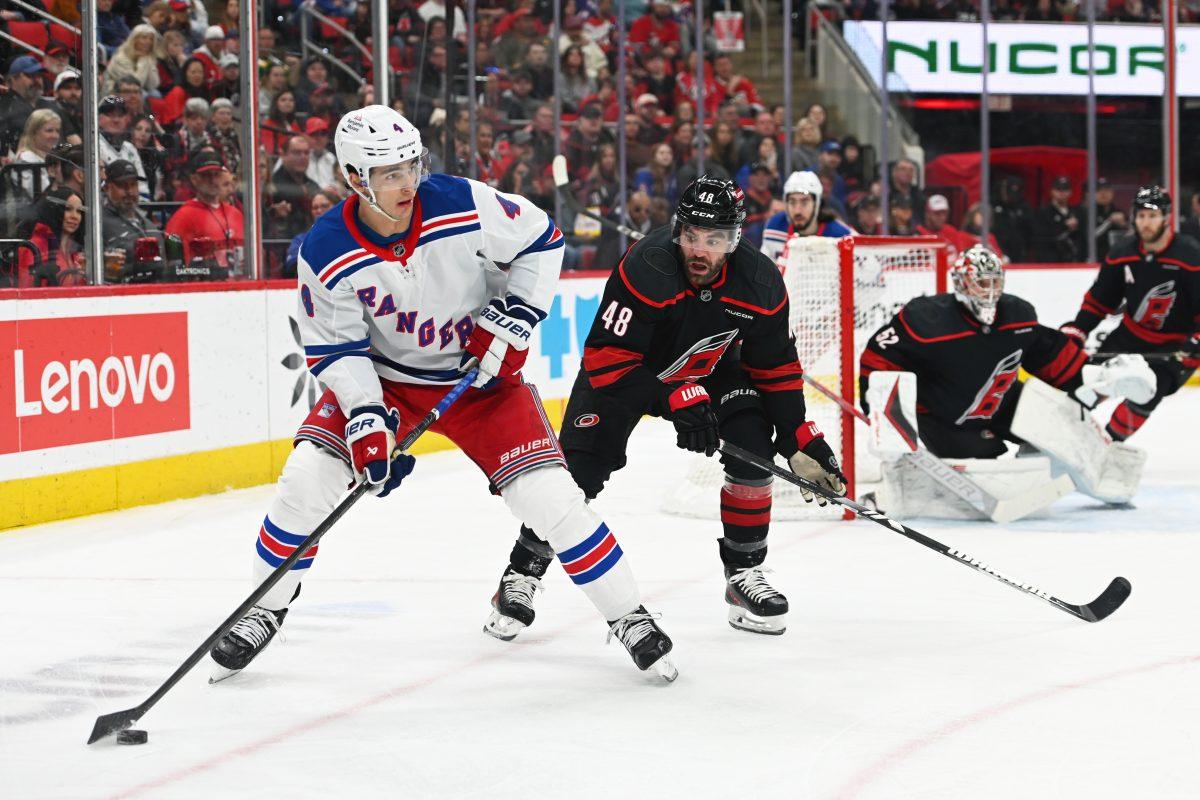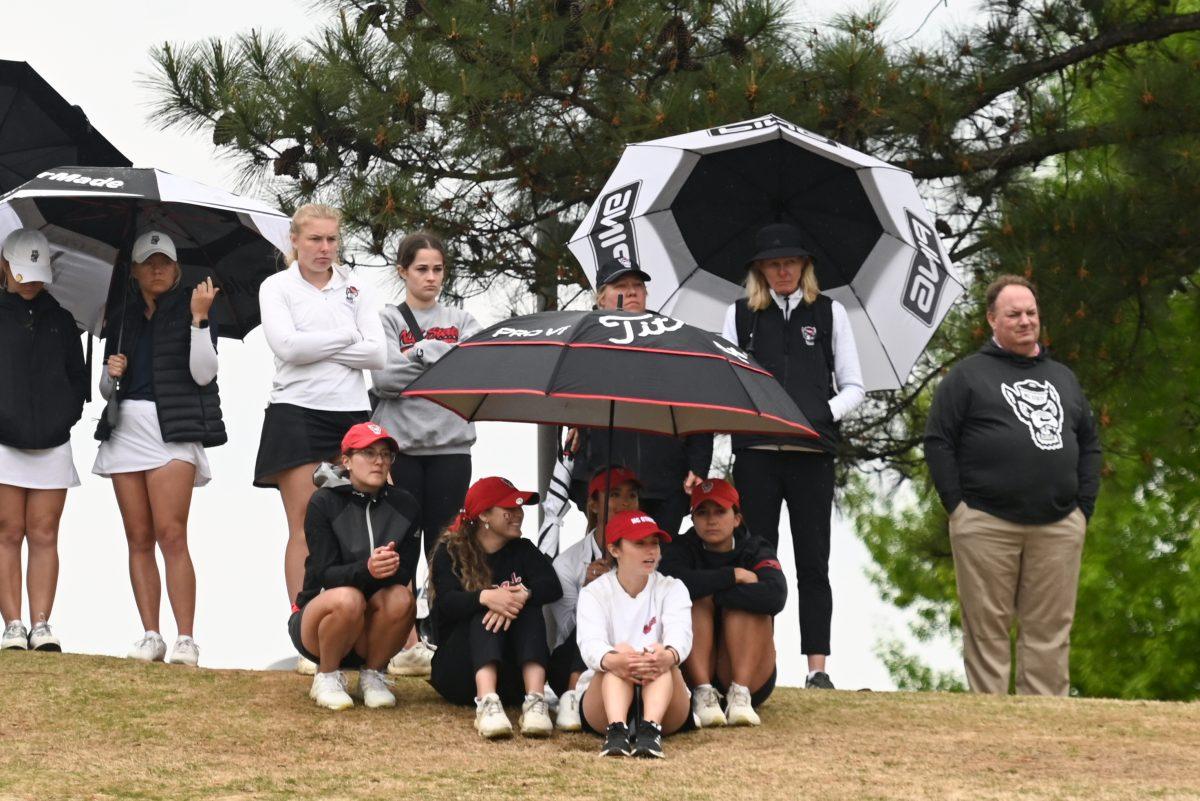The NHL gets it right with an unconventional All-Star Game format.
All-Star games, or perhaps Pro Bowls, are among the most controversial topics in professional sports. The NHL has been no different over the years. Do the players even care? Should we even have it? Is it even hockey? Those were all fair questions to be asked over the years, as the games showed a clear lack of the defensive play, physical intensity, and 110 percent effort on the part of the players.
Those questions became even fairer after last year’s debacle in Columbus. I’m not sure what that was, but it wasn’t a hockey game. Sloppy, effortless play, and no defense or backchecking led to a 17-12 final score. Yes, you read that right, 17-12. That’s either a really high baseball score or really low football score. Not hockey. The game was borderline unwatchable. If the All-Star game was even going to continue, a change had to be made.
The NHL needed to look no further than a new element of its game that had become very popular among its fans this season: 3-on-3 overtime. The new extra time format has provided fans with some incredible excitement this season. The constant exchange of odd-man rushes and breakaways is breathtaking to watch. So, the NHL decided to apply this format to its All-Star game.
The league decided on a mini-tournament of sorts, with down-sized rosters. There would be three 20 minute games with a 3-on-3 format, with four teams taking place. The teams represented each of the NHL’s four divisions, the Metropolitan, Atlantic, Central and Pacific. The Eastern divisions and Western divisions played the first two games, with the winners meeting in the championship, and the winning team getting to split up $1 million amongst its participants.
It was a bold strategy, something the likes of which had never been seen in the NHL’s midseason classic. However, a change definitely needed to be made, and kudos to the league for trying to do something new. The worst that could happen was the game would flop, the league would either have to go back to the old format, and at least no one could say they didn’t try. Here’s what actually happened: It was a smashing success.
The three games featured all the hallmarks of regular season 3-on-3, a constant exchange of chances, odd-man rushes, breakaways, you name it.
What was also great to see was the goalies getting more involved in the game. In past All-Star games, the goalies were simply there trying to not be too embarrassed. But here, they really made an impact on the game. Each goalie made some remarkable saves, particularly Anaheim Ducks’ goalie John Gibson’s incredible split save in the Western Conference game, and the title game was even a shutout.
More so than just the plain excitement the 3-on-3 format provided, more than any game in years, this year’s All-Star game resembled actual hockey. Whether it was just the promise of the prize money, or being invigorated by the game’s new format, the players finally seemed to actually care. There was effort, with players seeming to skate at more than 50 percent of their normal speed, and even the occasional backcheck.
Team Atlantic defeated Team Metropolitan 4-3, Team Pacific defeated Team Central 9-6, and team Pacific won the resulting championship 1-0. Yes, that’s correct. The NHL All-Star game ended 1-0.
Perhaps the best story of the day was John Scott, the journeyman enforcer who owns five career goals in 285 career games played. Voted into the game as a joke by the fans, the league tried to force Scott from the game. He was traded from the Arizona Coyotes to the Montreal Canadiens and sent to the minors before the game. Despite all this, Scott decided to play.
Scott provided another element to the game, pure hockey joy. Although he is not remotely among the league’s best, playing in the game was good for it. More than any other player, Scott truly seemed to enjoy and appreciate being there.
This was made evident in his exuberant celebration when he scored under a minute into the Pacific division’s semifinal victory. He dropped to one knee and savagely pumped his fist in the air, a wide grin on his face as the crowd in Nashville erupted. It was a truly magical moment. The magic continued as Scott scored another goal and was named All-Star game MVP. Scott’s humility and appreciation for the game were truly enjoyable to witness.
All of these elements combined, the excitement of the 3-on-3, the rejuvenated effort by the players and the incredible John Scott story made this year’s NHL All-Star game truly something to behold, a great hockey day for all involved. The league was trying something new to save its mid-season classic, and it struck gold. The NHL has succeeded in once again making the All-Star game an event that both players and fans alike will look forward to every year.



